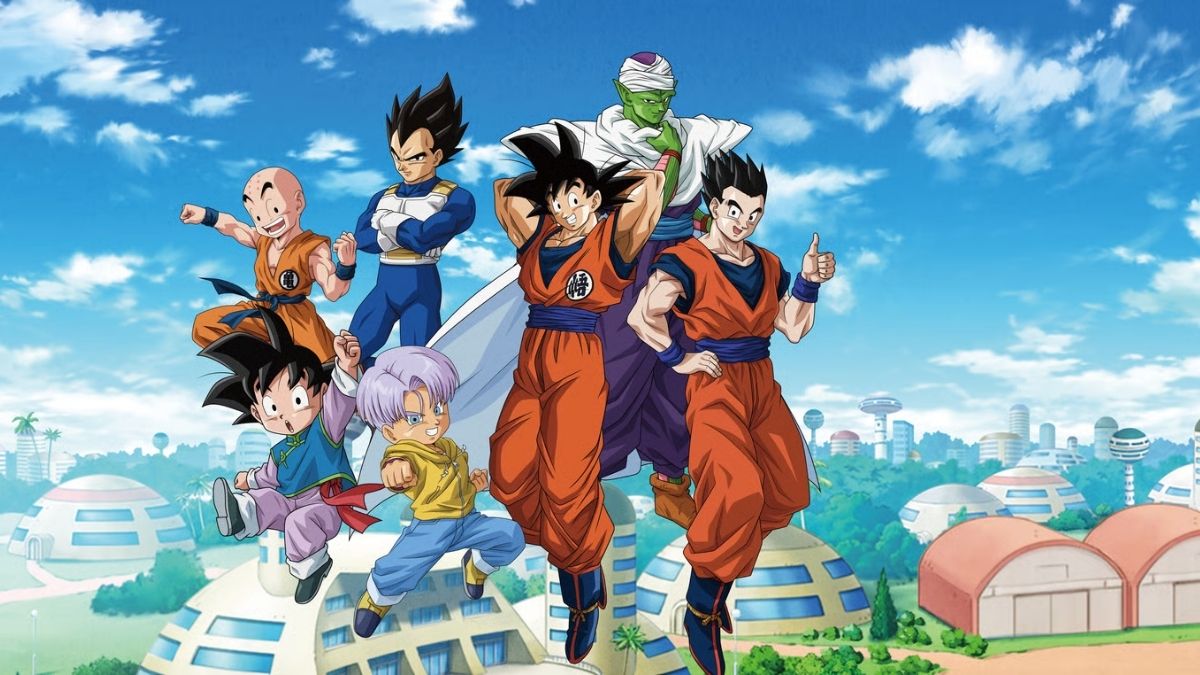The Association of Japanese Animations published its annual industry report today, reporting a 3.5% contraction in a pandemic-riddled 2020 — though when digging into the numbers a bit more, the downturn isn’t quite as dire as it appears on its face.
As Anime News Network reports, the global anime market shrunk overall, reversing an 11-year trend of continual growth. At 2.4 trillion yen (roughly $21 billion USD), that’s a 3.5% downturn.
However, further exploration of market performance in 2020 reveals while the global market shrunk, combined overseas markets actually grew 3.2%. The net decrease comes from Japan’s steep domestic decline of 9.7%. And much of that international growth came from expanded streaming revenue as more services seek to host anime on their platforms, which will likely further future growth. Domestically, streaming was the only sector of the anime industry to grow in 2020 (35.8%), while live entertainment unsurprisingly saw the sharpest decline (65.6%).
The AJA report, collecting 2020 sales data in Japanese and international anime markets along with surveys of the AJA’s 52 member production companies, identifies several inflection points in the anime industry during the COVID-19 pandemic.
Much of the loss is attributed to pandemic-related delays. Big titles like Evangelion 3.0+1.0: Thrice Upon A Time were delayed into 2021 while juggernauts like Pokémon underperformed. There were less things to sell as a result of the pandemic, but now there are workflows in place and those delayed titles are all coming out this year. As such, surveys of member companies remain optimistic that 2020 was an anomaly.
And while it still saw a net decline, domestic box office and retail losses were mitigated by the surprise success of Demon Slayer: Kimetsu no Yaiba the Movie: Mugen Train. The title made for 60% of box office sales alone while its popularity likely drove sales of merchandise such as apparel, toys, and more. The popularity of Demon Slayer demonstrates that anime is still in high demand, and supply is what faltered.
So things aren’t as bad as they look, but there are incipient trends the industry must brace for. Anime studios have long relied on underpaying their workers and burning through young, energetic talent. That finally seems to be catching up to the industry as labor shortages add fuel to the fire of increasingly expensive productions. With talent in short supply, wages are seeing some increase. And that’s good, but budgets haven’t increased to accommodate those demands — and no amount of increased revenue can make up for ballooning production costs.
The future of the industry does look fraught. Some are hopeful that Netflix’s model of working directly with an individual studio may inject cash into budgets, but Sony’s monopolization on production and distribution threatens the potential boon of competition. And there are other unknowns, like how China’s market will change in response to state censorship and domestic production.
With these obstacles ahead, the anime industry will need to regain its footing after an off year in 2020. And while the global market seems destined to only keep growing, we will have to continue to look closely to geographic markets and individual sectors to better understand the health of a consolidating industry.










Published: Nov 4, 2021 12:49 pm